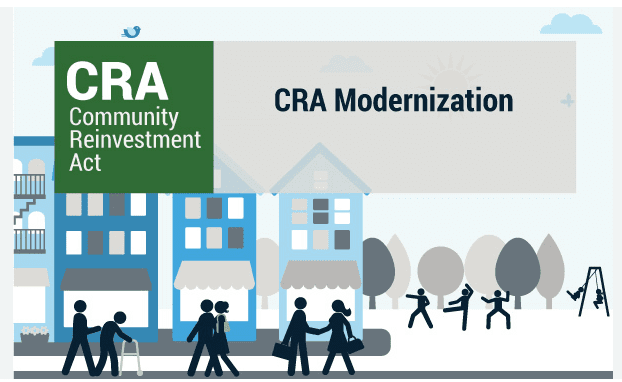
New CRA and the Three Requirements Needed by April 1, 2024
by the Risk and Compliance Team
The New CRA requirements were released by the Agencies on October 24, 2023. The rules contained three very distinct transition dates:
- April 1, 2023
- January 1, 2026, and
- April 1, 2027.
Do you know what each of these dates requires? What do you need to have in place on April 1, 2024?
The agencies may be facing a lawsuit right now focused on their new CRA rule, but that will not stall the April 1st requirements!

To ensure you meet the conditions for the first date it is important for any bank to:
- Determine your Facilities Based Assessment Area(s)
In the final rule, a Bank must delineate one or more Facility-Based Assessment Areas (FBAA). This area will be where the bank’s regulatory agency will evaluate the Bank’s record, of helping to meet the credit needs of its entire community, pursuant to performance tests, outlined within the CRA regulations.
Effective April 1, 2024, a Bank is required to delineate a FBAA for each county where the Bank has a main office, branch, or a deposit-taking remote service facility, as well as any surrounding counites in which the bank has originated a substantial portion of its loans (including home mortgage loans, multifamily loans, small business loans, small farm loans, and automobile loans).
Each of a Bank’s FBAAs must consist of:
- A single MSA,
- One or more contiguous counties within an MSA, or
- One or more contiguous counties within the nonmetropolitan area of a State.
If an institution is an intermediate bank or small bank (<$2Billion) the institution may adjust the boundaries of a FBAA to include only the portion of a county that it reasonably can be expected to serve; however, a FBAA that includes a partial county must consist of contiguous whole census tracts.
In all cases, a FBAA:
- May not reflect illegal discrimination; and
- May not arbitrarily exclude low- or moderate-income census tracts.
2. Establish a process to CRA performance regarding applications. All other versions of the CRA regulations focused only on originations.
3. The Public File – key changes
- Must be in paper or digital format.
- Under the new rules if the Bank maintains a Public Website, the file MUST be placed on the Bank’s website. Must include all information required for the bank’s public file under this section.
- All written comments (complaints) received from the public for the current year and each of the prior two (2) calendar years that specifically relate to the bank’s performance in helping to meet community credit needs, and any response to the comments by the Bank, if neither the comments nor the responses contain statements that reflect adversely on the good name or reputation of any persons other than the bank or publication of which would violate specific provisions of the law must be updated each quarter and provided to the public.
- Must provide a list of branches opened or closed by the bank during the current year and each of the prior two calendar years, their street addresses, and census tracts. These must be updated quarterly. Will be updated for each prior quarter by March 31st, June 30th, September 30th, and December 31st.
- These must contain a list of Retail Lending Assessment Areas (RLAAs) when applicable. January 1, 2026.
- The bank must ensure that its public file contains the information required for each of the previous three (3) calendar years.
It will be important for your Bank to establish these baselines by April 1st and inform management of these changes. It will allow your Bank to establish standards for implementation.
